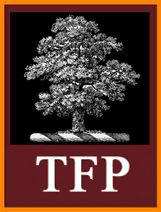Epigenetic Activity in Adolescents 5
Report of a Transition in Self-esteem and Internal Locus of Control
in which Students of Different Abilities Become High Achievers
Geoff M. Ayling Qianhuang International College, No.6 Guang Dian Dong Road, Changzhou City, Jiangsu, 213161, China.
email address: geoff.ayling@theforrestproject.org
Abstract:
Self-esteem and internal locus of control have been shown to be dynamic. A teacher may establish and manage the classroom climate required for their enhancement. Here it is demonstrated that a possibly induced transition in self-esteem and internal locus of control is dependent upon students’ initial academic abilities. If the schools of a nation learn to assist students to experience the transition, then the result will be a significant increase in the numbers who study for university degrees. This will immeasurably benefit both the nation’s economy and the lifestyles of those now able to complete their education. Should it be confirmed that this is in fact an epigenetic intervention, it would be necessary to consider a need in the development of young people, for them to receive the necessary exposures to particular epigenetic developmental factors. Otherwise, some developmental genes needed in adult life might continue without being switched on.
Keywords: Adolescent, amygdala, behavioural, education, epigenetic, epigenome, hippocampus, hypothalamus, prefrontal cortex, stress response
It is normal in adolescent brain development to progressively shift from fear- and emotion-based, impulsive responses of children, to reasoned, logical and abstract thinking, needed by adults to function more appropriately in an often complex environment. This involves a change during adolescence and early adulthood from thinking via the hypothalamus-amygdala to utilization of the prefrontal cortex. The mechanism for this change is unknown, although it could be speculated that epigenetic environmental factors are involved.
There is little doubt however, that this change occurs differentially, with many people going through life without fully progressing beyond impulsive, fear-based thinking when confronted by stressful situations.
The stress response needs to be progressively modified, otherwise it can result in stress-related diseases which appear in adult and later life. Stress response also has a direct adverse effect upon learning and memory functions, which occur primarily in the hippocampus. In normal development, modulation of the stress response initially occurs during the neonatal period as a result of maternal care. This modulation has been shown to be an epigenetic process, induced by social and experiential environmental effects of a mother’s relationship with her child.
However, earlier modulation of the stress response has also been shown to occur differentially, leading to individuals with less activation of the hippocampal feedback mechanism.
Adolescents have been shown to not possess the same degree of modulation of the stress response as adults. During adolescence the stress response results in blood concentrations of cortisol that are characteristically acute, occurring over a significant time period, with the risk of impairing hippocampal functions. In adulthood, an unidentified mechanism modulates this stress response to an initially higher cortisol release, but with distinctly shorter duration.
Toward the end of adolescence many individuals appear to bear the consequences of incomplete development, such as anxious temperament and impulsiveness, in situations where normally developed people respond in a more controlled and logical manner. Romeo and McEwen noted the changing nature of adolescence and proposed that at this time in the life cycle, there could be a need to introduce developmental interventions to rectify differential effects which may have lifelong consequences.
It must be expected then that among a population of adolescents, there should exist individuals who differ, the result of both single nucleotide polymorphism (SNP) origins and from differential development.
Self-esteem and internal locus of control have been shown to be associated with modulation of the stress response. These characteristics have also been recognised for their positive correlation with academic performance. Behavioural science theory described by Shindler has held that the maintenance of a classroom atmosphere, which fosters high self-esteem, should also result in enhanced academic performance.
In a study undertaken in China in 2007, it was shown with a cohort of 90 adolescent students, that these two characteristics were dynamic and appeared to result in enhanced academic performance. The change in these students occurred as a clear transition, lasting for some less than a month, while for others it manifested over several months.
There exists a need to confirm the hypothesis, that a teacher’s exposure of students to social and experiential factors can initiate an epigenetic change, responsible for both enhancing academic performance and modulating the stress response. Testing of this hypothesis has been proposed, by obtaining measurements which show the degree of correlation between enhancement of self-esteem and internal locus of control with physiological (cortisol concentrations), morphological (hippocampal volume) and epigenetic changes (reprogramming of the hippocampal epigenome observed in leucocytes).
Such an important finding, that students can be assisted to enhance their academic performance, needs to become readily available. It affords a means by which countless adolescents could be assisted to commence their adult lives, able to achieve to the limits of their potential. However, much yet needs to be understood about the nature of the possibly induced developmental transition.
In the absence of such confirmation, it is still possible to utilise enhanced self-esteem and internal locus of control, as the basis for simultaneously achieving the development of students and their academic performance.
The aim of this study was then to determine whether students of three cohorts, who appeared to possess different levels of academic ability, responded according to their SNP origins or differential development or both. If the differences in academic ability between students resulted however from SNPs, it would be expected that a range of capabilities would exist regardless of the environmental conditions.
According to the hypothesis, in which epigenetic activation of genes occurs as a result of exposure to environmental conditions, students with apparently less ability could be expected to acquire advanced academic performance. The study should then result in students of greater and lesser academic ability becoming indistinguishable from one another, i.e. both exhibiting advanced academic performance.
Such a finding would fit the theory that an intervention to increase self-esteem and internal locus of control was epigenetic, in which relevant genes had been ‘switched on’.
Method:
Ninety 18-year old students enrolled to study university-entrance subjects were selected for eight-month trials in each of 2007, 2008 and 2009. Enhancement of self-esteem and internal locus of control was undertaken according to Shindler’s behavioural science approach, simultaneously with traditional learning and teaching techniques for the study of physics.
Monitoring of self-esteem and locus of control was based upon estimations by a teacher, using behavioural criteria as shown in Table 1. Students’ study notebooks and formal testing provided the basis for estimating developmental changes for each characteristic in every student. Records for each year, of the observed levels of self-esteem and internal locus of control, are shown in Tables 2 to 4. Codes representing clearly recognisable stages in a student’s development, such as 7.5 and 6.3, are based on the code numbers listed in Table 1.
As an experimental procedure, there were many independent variables which could have affected the result of a trial based on the working hypothesis. Most importantly, it would have been unacceptable to designate a number of students as experimental controls, excluding them from the same beneficial study as the majority of students. In any event, if this had been done, other independent variables would have entered into the equation for the control students. The variables could have been: the effects of alternative teachers who actually taught these students during the exclusion period, the individual stages of development already reached by the students and their pre-existing academic performance abilities.
A good indication of the existence of a beneficial change having occurred for these students, might otherwise be obtained from a comparison of the performance of this school in a population of many schools, all undertaking similar university-entrance examinations.
Figure 1 shows the results for 595 schools across an Australian State in which percentages of students, who scored 90 percent or more in their university-entrance examinations, are shown against the numbers of schools containing high achievers. Less than a handful of schools are shown, in which the percentages of high achiever students was more than the 40 percent being obtained at Qianhuang International College. The vast majority of schools had less than five percent of students’ exam papers marked 90 percent or more. With a majority of students at Qianhuang apparently high achievers, this school was clearly equivalent to the most successful in Australia.
There was a fundamental difference between the teacher of physics in these experimental trials and the majority of other teachers. This teacher was responsible for the teaching of lessons in class and the management of students’ study. The latter was comfortably achieved with 90 students. Although it appeared to other teachers to be a daunting task, to manage students in the classroom and in their private study time, the use of strategically timed monitoring and feedback to students made this feasible.
The physics teacher undertook to manage the cohort of students throughout, from commencement of their transitions and upon reaching their plateaux of development. Student behaviours varied considerably at the outset because of their different capabilities. Throughout the eight month study period, the majority went through significant behavioural changes as they progressed toward becoming high achievers.
The teacher introduced the students to effective activities which enhanced the learning process. He maintained students’ interest and subjected them to management initiatives, designed to ensure continuity of their study performances. Students exhibiting less ability tended to display limited self-esteem and the internal locus of control of younger children, i.e. external locus of control. They were unable to visualise a year ahead in their futures and hence, showed limited interest. At the outset, many were barely responsible for their own actions and the resulting consequences. These students were in many instances easily distracted and as a result, would tend to not complete work required for the course of study.
The activities of most relevance to students were concerned with students learning how to study. The relevance of this to these students was readily understood, because most realised they would need to rely on these skills at university. The teacher taught the students how to study effectively, monitored, re-taught and reassured students on their study performances.
The regime enabled the teacher to effectively assist students to acquire self-esteem. This occurred particularly in the building of internal locus of control, which was achieved through students given tasks that enabled them to learn to take responsibility for their actions. He created an atmosphere of acceptance and belonging. This was particularly important for students undertaking to study topics, which would previously have been regarded as daunting and beyond their capabilities. Finally, he assisted students to gain self-efficacy, providing feedback on effort, reassuring and reinforcing the steps taken and successes obtained.
From these trials alone however, it cannot be concluded that the enhancement of self-esteem and internal locus of control was induced. The working hypothesis held that the enhancement was the precursor for students becoming high achievers. There are many independent variables which could have contributed to students becoming high achievers. Confirmation of the hypothesis could not therefore be obtained, without correlations being established with several dependent variables, known to result from environmentally induced reprogramming of the epigenome.
Results:
Tables 2 to 4 show that in each of the three years of the study, significant percentages of students with apparently higher, middle and lower abilities, were found to have achieved apparently the same plateau (designated 7.5) of self-esteem and internal locus of control. This plateau was associated with test marks of 90 percent or more, with enhancement of self-esteem and internal locus of control. Enhancement resulted from a student’s decision to undertake meticulous recording of private study notes and to conscientiously practise study problems.
However, there were some students in the middle and lowest ability sub-groups, up to 11 percent, who appeared to not experience the transition.
There were also small numbers of students who appeared to have experienced the transition, but did not reach the same plateau as other students. In one year (2008) the students who experienced incomplete achievement of the plateau represented 38 percent of those in the middle level sub-group. Non-completion of the transition by a significant number appeared to have been specific to a particular year.
The finding each year of a range of abilities was expected from the SNP effect. This was expected to occur regardless of the environmental conditions.
The most significant finding was however that large numbers of students of greater and lesser academic ability, became indistinguishable from one another, both exhibiting high achiever level of performance.
In each year, there was also a clear association between level of ability of students and the timing of their transitions. Those who were at the head of their class experienced the change first. Those with apparently lesser ability experienced it later. In 2008 an unidentified factor resulted in many less able students being unable to complete their transition within the study year.
This concurred with the hypothesis for the existence of an epigenetic effect, which resulted in the activation of genes concerned with increase of self-esteem and internal locus of control.
Discussion:
The finding that the vast majority of students of apparently different academic abilities at the start of a year of study, had become high achievers and indistinguishable from leaders of their class, fits the hypothesis that a developmental change had occurred for most students. The position of a student in his class at the beginning of a study year is largely the result of his stage of development. The finding was confirmed with three separate cohorts of significant numbers of students.
If a developmental change can be concluded through further studies, which show that the teacher was responsible for the change, then the mechanism will have been shown to have had an epigenetic origin. That is, the epigenome appeared to have been reprogrammed as a result of the exposure of students to a social epigenetic environmental factor.
The observed association between academic ability and timing of the transition occurred in addition to the expected SNP effect. The possibly developmental transition had furthermore a permanency about it, since all students rated 7.5 for a high achiever, remained at that level for the remainder of the study year without appearing to regress.
Upon students of lesser academic ability becoming indistinguishable from leaders of the class, who became high achievers first, this suggested that the vast majority of students are on different steps of a developmental path. Upon exposure to a suitable social epigenetic environmental factor, most if not all students were able to progress to a new level of academic ability.
One of the aspects of most concern in this research has been the need to use a subjective means of estimating self-esteem and internal locus of control. In the opinion of Shindler, a teacher should be able to readily distinguish these levels, i.e. based upon an arbitrary scale, such as that shown in Table 1. It has been confirmed over several years, that with practice a teacher can readily distinguish the relative levels of these characteristics exhibited by a student. Such estimations however need to be correlated with objectively measured criteria as proposed when confirming the hypothesis.
Independent variables which could have affected the results of such a study are discussed in a separate report on learning climates. The variables may result from the type of school climate, teacher-centred behaviours and a range of social relationships among students in a school. It was considered for example, that the time over-run in 2008, in which some students did not achieve their plateau within the study year, may have resulted from the teacher being unaware of a socially infectious procrastination by middle-level and less-able students. They were not surprisingly apprehensive about their language skills and were reluctant to begin studying seriously in English, their new second language.
Before laboratories can commit to obtaining the measurements needed to confirm the hypothesis, it is necessary to study the transition and establish the extent of its implications for society.
The implications already obtained suggest that the transition has immediate value in the field of education. Present understanding of the stress response would suggest that there are also implications from this research in the field of preventative health, i.e. as an epigenetic intervention. This implication is also important in the field of developmental science, from which stems the developmental origins of health and disease (DOHaD).
Future Research:
There is an immediate need to identify independent variables and their effects upon students experiencing the transition. Causes of any over-run of time for some students to reach their plateau need to be investigated. It needs to be established whether an over-run has a serious or only a mild effect upon students’ performance in examinations. The overall effect for the Qianhuang school in 2008 was not serious, because there were still 51 percent of students who became high achievers. However, there were many individuals (38 percent) who did not perform at full potential in the final examinations.
The concept of performing at full potential needs to be investigated. For generations, students have failed to gain entrance or presented at universities without having developed to their full potential. Those not at full potential, who have been successful, have been widely recognized as late developers. There is a need to establish from such trials what it means for a student to have only commenced on the upward path toward eventual development to full potential.
There are other studies which need to be undertaken. For example, there is a need to examine age-related effects on the appearance of the transition. This could indicate whether the risk of over-run may be overcome by commencing the program earlier, perhaps over two years or more. There is also a need to know whether such a program should be designed to suit students at the outset of adolescence.
At this time it is already clear that students with learning difficulties are being identified and for some, the remedy has been demonstrated in what were earlier described as ‘cinderella’ cases. Some students with apparently chronic lack of confidence were able to be enhanced within eight months to the level of high achievers. Others however, showed signs of further development, but had not reached a sufficient level to enable them to continue on to study at a university.
In a small number of instances, students showed no change whatsoever. These individuals need to be studied to determine whether they are handicapped through the SNP effect, a need for alternative regimes of exposure to enhance their development or perhaps, whether they are suffering from more profound developmental handicaps.
The investigations that are in most need appear at the present time, to be those which will enable an optimum set of school-wide management initiatives to become available for the teaching profession. This should be of value in most countries where schools are interested in increasing rates of student achievement.
Conclusions:
Three cohorts of 90 students were shown to experience an apparently induced transition in self-esteem and internal locus of control, which may have been associated with 40 to 60 percent becoming high achievers. A range of academic capabilities was identified in each cohort, as expected from their SNP origins.
Most significantly, the transition appeared to result in students of greater and lesser academic ability becoming indistinguishable from one another. At the end of the eight month study period both exhibited high achiever level of academic performance.
The observed timing of the transition was dependent upon the initial academic ability of students. The possibly developmental transition had furthermore a permanency about it, since all students rated 7.5 for a high achiever, remained at that level for the remainder of the study year without appearing to regress.
The above findings constitute evidence for the hypothesis that the position of a student in his class at the beginning of a study year, is largely the result of his stage of development.
This finding further concurred with the hypothesis, that developmental changes occurred in the students, the result of exposure to epigenetic environmental factors inherent in a human behavioral approach to the principles of learning and teaching. It is possible therefore that developmental genes needed in adult life may have been switched on.
There is a need for research to enable the transition to be better understood and applied to further age ranges of students. Most importantly, the hypothesis needs to be tested through objective measurements of several dependent variables. The variables are those which could be expected to result from the epigenetic reprogramming of genes concerned with development of the hippocampus and other brain structures.
If the schools of a nation learn to assist students to experience the transition, then the result will be a significant increase in the numbers who study for university degrees. This will immeasurably benefit both the nation’s economy and the lifestyles of those now able to complete their education.
Should it be confirmed that this is in fact an epigenetic intervention, it would be necessary to consider a need in the development of young people, for them to receive the necessary exposures to particular epigenetic developmental factors.
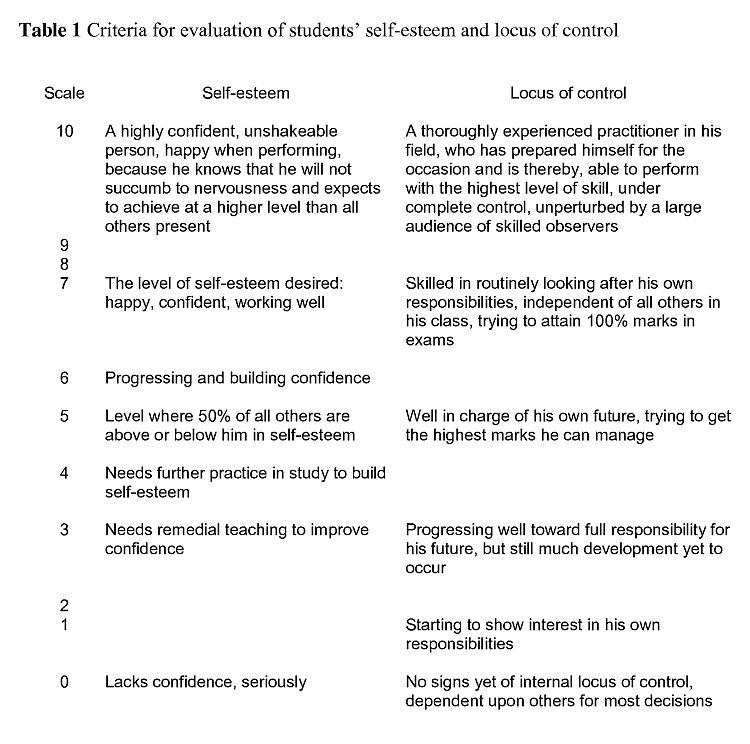
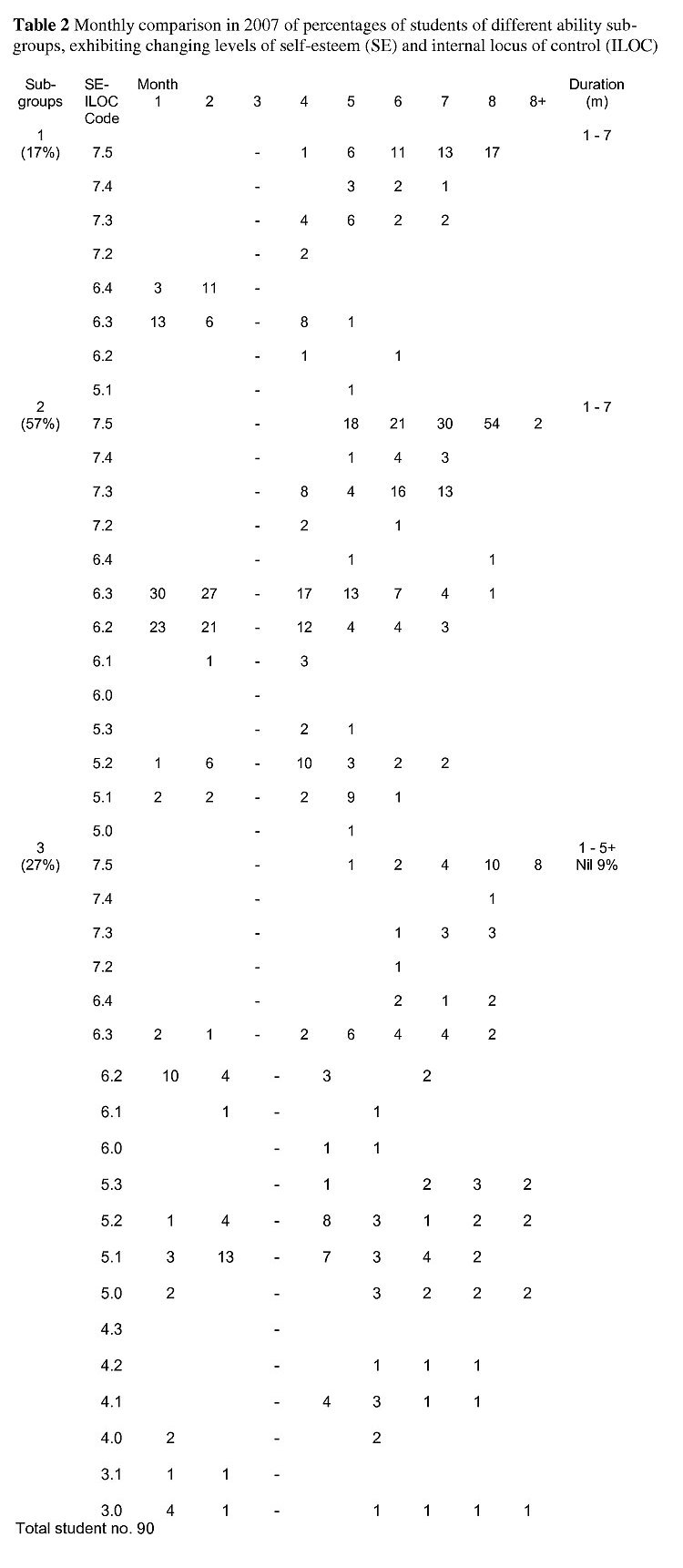
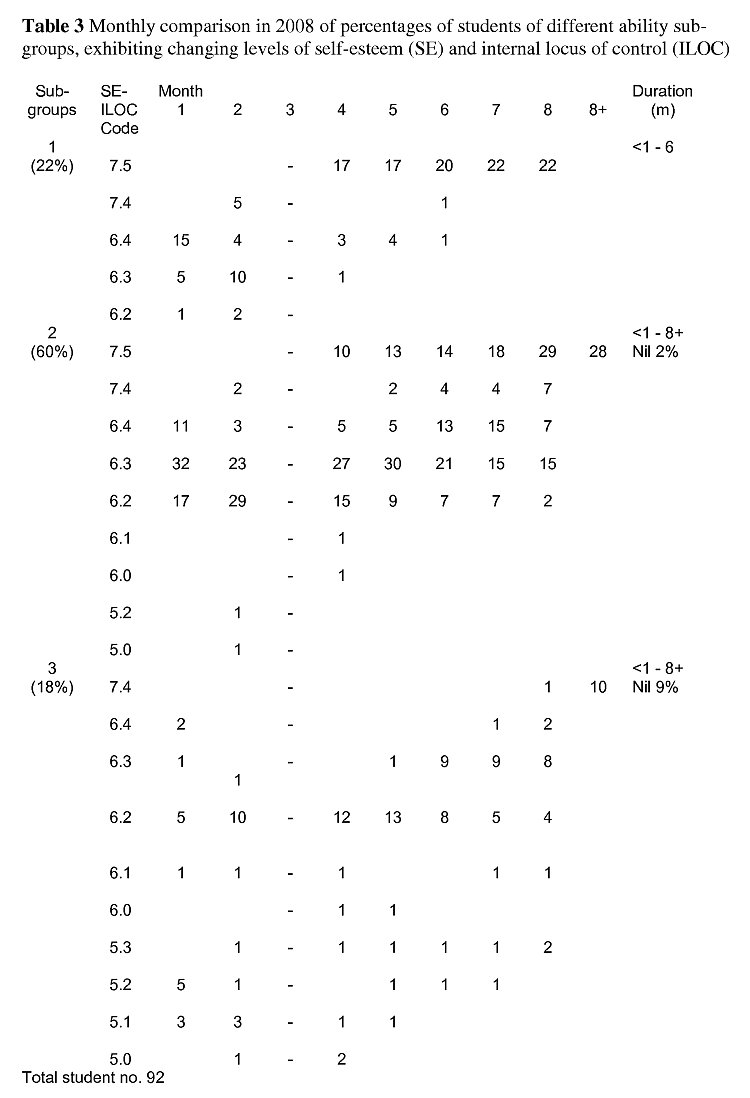
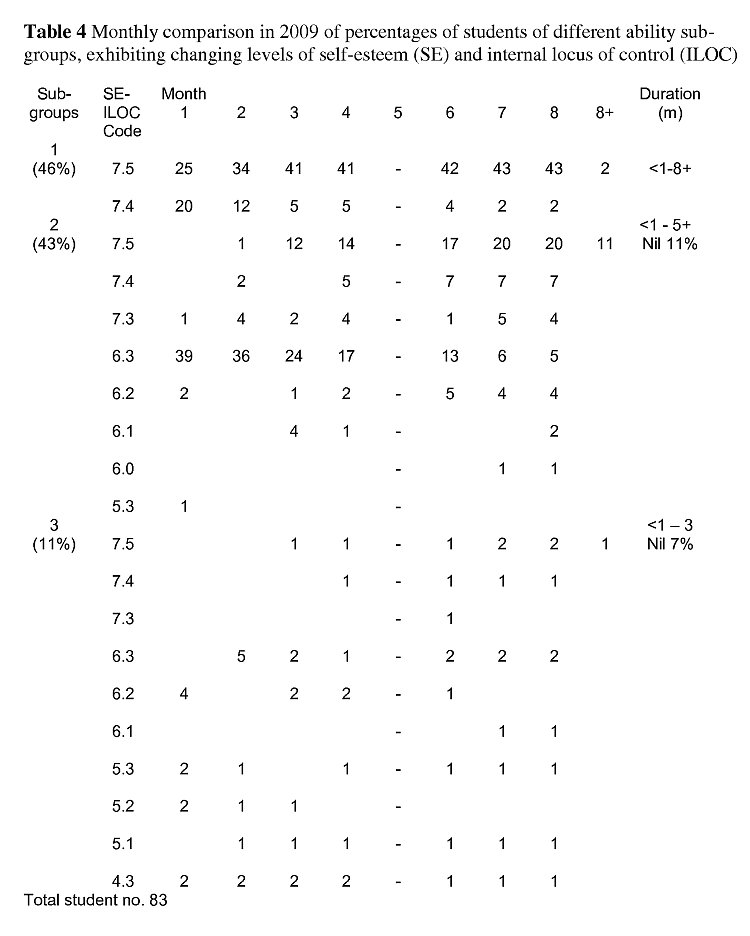
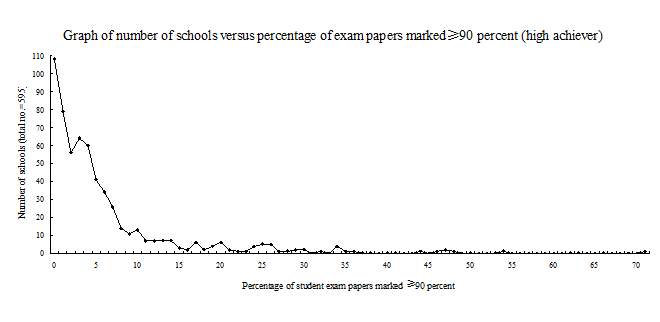
References:
- Spear, L. P. (2000). The adolescent brain and age-related behavioral manifestations. Neurosci Biobehav Rev, 24(4), 417-463.
- Giedd, J. N. (2004). Structural magnetic resonance imaging of the adolescent brain. Ann. N.Y. Acad. Sci., 1021, 77-85.
- Paus, T. (2005). Mapping brain maturation and cognitive development during adolescence. Trends Cogn Sci, 9(2), 60-68.
- Blakemore, S.-J., den Ouden, H., Choudhury, S. and Frith, C. (2007). Adolescent development of the neural circuitry for thinking about intentions. SCAN, 2, 130-139.
- Fox, A. S., Shelton, S. E., Oakes, T. R., Davidson, R. J. and Kalin, N. H. (2008). Trait-like brain activity during adolescence predicts anxious temperament in primates. PLoS ONE, 3(7): e2570. doi: 10.1371/journal.pone.0002570.
- Young, E. A. and Altemus, M. (2006). Puberty, ovarian steroids, and stress. Ann. N.Y. Acad. Sci, 1021, 124-133.
- McEwen, B. S. (2007). Physiology and neurobiology of stress and adaptation: central role of the brain. Physiol Rev87, 873 – 904.
- Gianaros, P. J., Jennings, J. R., Shen, L. K., Greer, P. J., Kuller, L. H. and Matthews, K. A. (2007). Prospective reports of chronic stress predict decreased grey matter volume in the hippocampus. Neuroimage, 35(2), 795-803.
- Reul, J. M. H. M. and Chandramohan, Y. (2007). Epigenetic mechanisms in stress-related memory formation. Psychoneuroendocrinol, 32, S21-S25.
- Meaney, M. J. (2001). Maternal care, gene expression and the transmission of individual differences in stress reactivity across generations.Annu Rev Neurosci, 4, 1161-1192.
- Weaver, I. C. G., Cervoni, N., Champagne, F. A., D’Alessio, A. C., Sharma, S., Seckl, J. R., Dymov, S., Szyf, M. and Meaney, M. J. (2004). Epigenetic programming by maternal behaviour.Nature Neurosci, 7, 847-854.
- Meaney, M. J. and Szyf, M. (2005). Maternal care as a model for experience-dependent chromatin plasticity? Trends Neurosci, 28(9), 456-463.
- Weaver, I. C. G., D’Alessio, A. C., Brown, S. E., Hellstrom, I. C., Sharma, S., Szyf, M. and Meaney, M. J. (2007). The transcription factor nerve growth factor-inducible protein A mediates epigenetic programming: altering epigenetic marks by immediate-early genes. J Neurosci, 27, 1756-1768.
- Laplante, D. P., Barr, R. G., Brunet, A., Galbaud du Fort, G., Meaney, M. J., Saucier, J.-F., Zelazo, P. R. and King, S. (2004). Stress during pregnancy affects intellectual and linguistic functioning in human toddlers. Pediatric Research, 56,400-410.
- Menard, J., Champagne, D. and Meaney, M. J. (2004). Variations of maternal care differentially influence ‘fear’ reactivity and regional patterns of cFos immunoreactivity in response to the shock-probe burying test. Neuroscience, 129, 297-308.
- Parent, C., Zhang, T. Y., Caldji, C., Bagot, R., Champagne, F. A., Pruessner, J. C. and Meaney, M. J. (2005). Maternal care and individual differences in defensive responses. Current Directions in Psychological Science,14, 229.
- Cameron, N. M., Champagne, F. A., Fish, C. P. E. W., Ozaki-Kuroda, K. and Meaney, M. J. (2005). The programming of individual differences in defensive responses and reproductive strategies in the rat through variations in maternal care. Neuroscience and Biobehavioral Reviews, 29, 843.
- Romeo, R. D., See, S. J., Chhua, N., McPherson, C. R. and McEwen, B. S. (2004). Testosterone cannot activate an adult-like stress response in prepubertal male rats. Neuroendocrinol, 79(3), 125-132.
- Romeo, R. D., Bellani, R., Karatsoreos, I. N., Chhua, N., Vernov, M., Conrad, C. D. and McEwen, B. S. (2006). Stress history and pubertal development interact to shape hypothalamic-pituitary-adrenal axis plasticity. Endocrinol, 147(4), 1664-1674.
- Romeo, R. D. and McEwen, B. S. (2006). Stress and the adolescent brain. Ann. N.Y. Acad. Sci. 1094, 202-214.
- Pruessner, J. C., Hellhammer, D. H. and Kirschbaum, C. (1999). Low self-esteem, induced failure and the adrenocortical stress response. Per Individ Differ, 27, 477-489.
- Seeman, T. E., Singer, B. H., Ryff, C. D., Dienberg, G. and Levy-Storms, L. (2002). Social relationships, gender, allostatic load across two age cohorts. Psychosom Med, 64, 395-406.
- Pruessner, J. C., Lord, C., Meaney, M. J. and Lupien, S. (2004). Effects of self-esteem on age-related changes in cognition and the regulation of the hypothalamic-pituitary-adrenal axis. Ann. N.Y. Acad, Sci., 1032, 186-190.
- Pruessner, J. C., Baldwin, M. W., Dedovic, K., Renwick, R., Mahani, N. K., Lord, C., Meaney, M. J. and Lupien, S. (2005). Self-esteem, locus of control, hippocampal volume, and cortisol regulation in young and old adulthood. Neuroimage,28, 815-826
- Steptoe, A., Wardle, J. and Marmot, M. (2005). Positive affect and health-related neuroendocrine, cardiovascular, inflammatory processes. Proc Natl Acad Sci USA, 102, 6508-6512.
- Shindler, J. V. (1998). Creating a psychology of success in the classroom: enhancing achievement by systematically promoting students’ self-esteem.
- Shindler, J. V. (2009). Transformative classroom management: promoting a climate of community and responsibility.Chappaqua, NY: John Wiley and Sons.
- Ayling, G. M. (2010). Epigenetic activity in adolescents: a hypothesis -mediation of students’ hippocampal stress response by a teacher. Publtheforrestproject.org, 2011, Oct, F/0001
- Ayling, G. M. (2011). Epigenetic activity in adolescents: teaching methodologyto assist brain development and modulate the stress response. Publtheforrestproject.org, 2011, Nov, F/0002
- Ayling, G. M. (2011). Epigenetic activity in adolescents: a working hypothesisfor student development and enhanced academic performance. Publtheforrestproject.org, 2011, Nov, F/0004
- Ayling, G. M., Harland, R., Shindler, J. V. and Qian, X. F. (2011).Epigeneticactivity in adolescents: differential enhancement of self-esteem and internal locus of control for cohorts of students in separate learning climates. Publ theforrestproject.org, 2011, Nov, F/0006
- Board of Studies, NSW Office of. (2005). Media release, Higher School Certificate, Results of the 2004 examination, by school and region of NSW.Sydney, Australia: NSW State Government
